Last Updated on December 15, 2020 by OJ Maño
Known as Luzon’s “backbone,” the Sierra Madre is the longest mountain range in the Philippines. It spans over 540 kilometers from the Cagayan province in the north to Quezon province in the south of Luzon island. It has around 1.4 million hectares of forest area, which supplies clean oxygen to the whole of Luzon.
The direct translation of the Spanish word the Sierra Madre is “mother mountain range.”
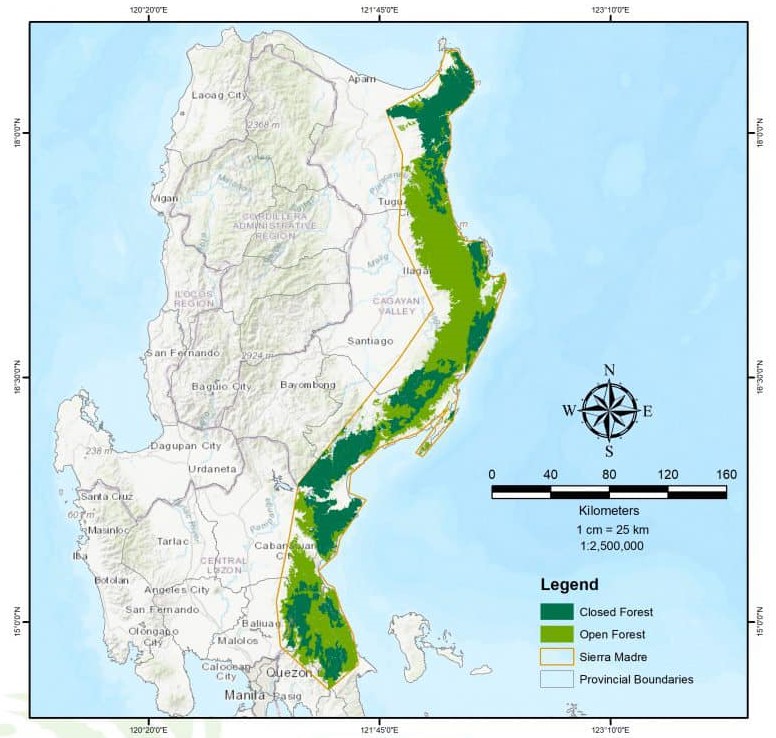
Its forests are home to hundreds of wildlife species. Many are unique to the Philippines, including the Philippine eagle and golden-crowned flying fox. It is rich in species diversity and home to many indigenous people (IP) like the Agta or Dumagat.
It serves as a protective barrier from typhoons coming from the Pacific Ocean. It also supplies fresh water to the Angat Dam, the principal water source for Metro Manila residents. Mountaineers and adventure seekers love climbing any 27 mountain peaks of the Sierra Madre region. 4×4 enthusiasts, motocross off-roaders, and mountain bikers also love visiting this place.
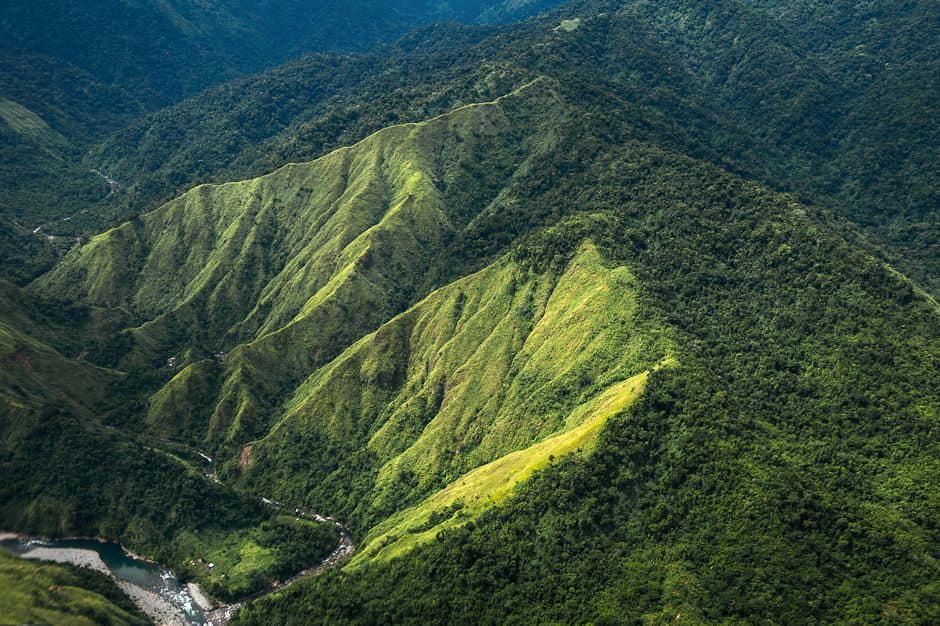
Despite national and international campaigns to preserve the environment, Sierra Madre continues to experience forest degradation. Logging remains the primary reason for this sad state of Sierra Madre. Also, human encroachment and associated timber poaching, mining, conversion of forests for agriculture, and migration as well as development, particularly road construction that will improve access and subsequent potential for exploitation of the area and proposed construction of more mega-dams, threaten its entire ecosystem and the lives of its stakeholders. Corruption, poor implementation of environmental and forest protection laws, and lack of alternative livelihood for many poor people contribute to its continued degradation.
Bulacan’s Sierra Madre side
Most of the municipalities in the mountainous eastern section of Bulacan are part of the vast Sierra Madre mountain range. These are the towns of Doña Remedios Trinidad (DRT), Norzagaray, San Miguel, San Rafael, San Ildefonso, City of San Jose Del Monte, and Angat. In these locations, you can find several nature reserves, view decks, waterfalls, caves, batis or spring, adventure trails, and other tourist spots.

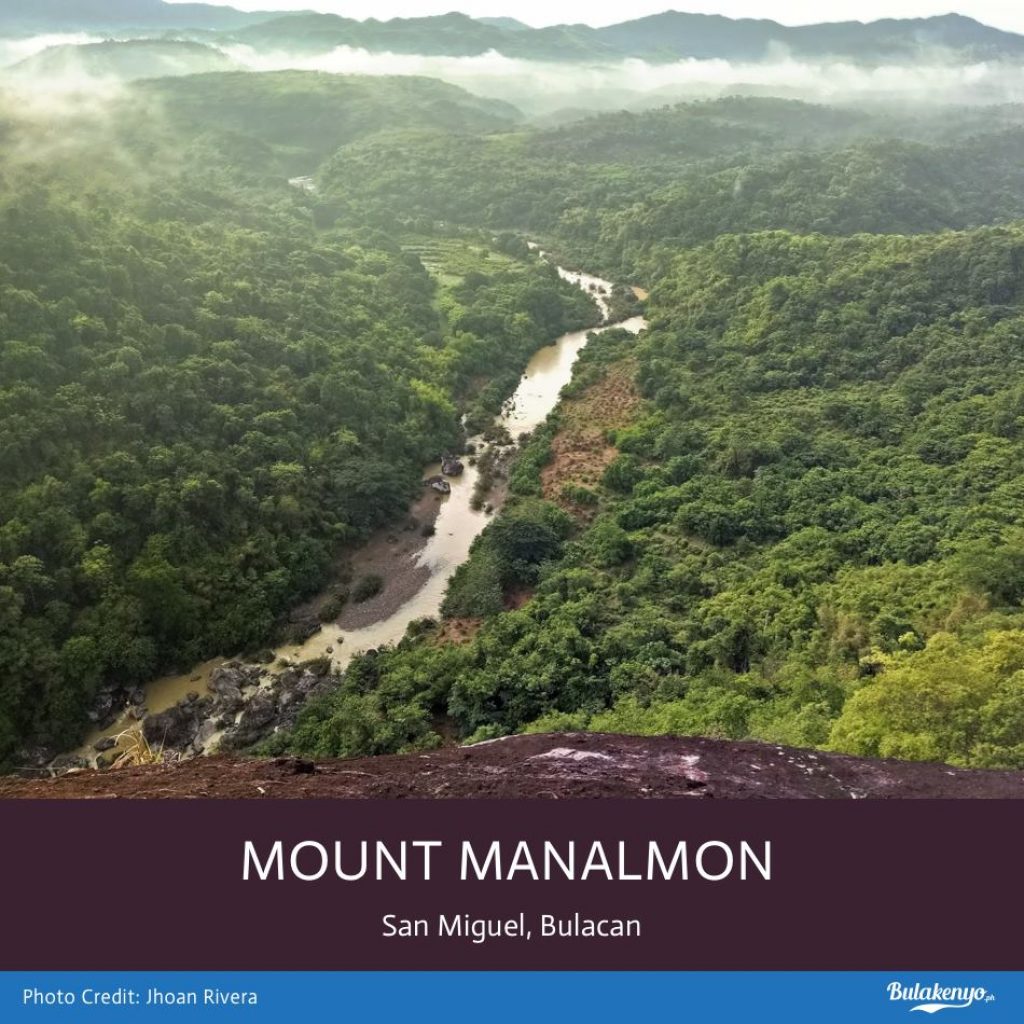
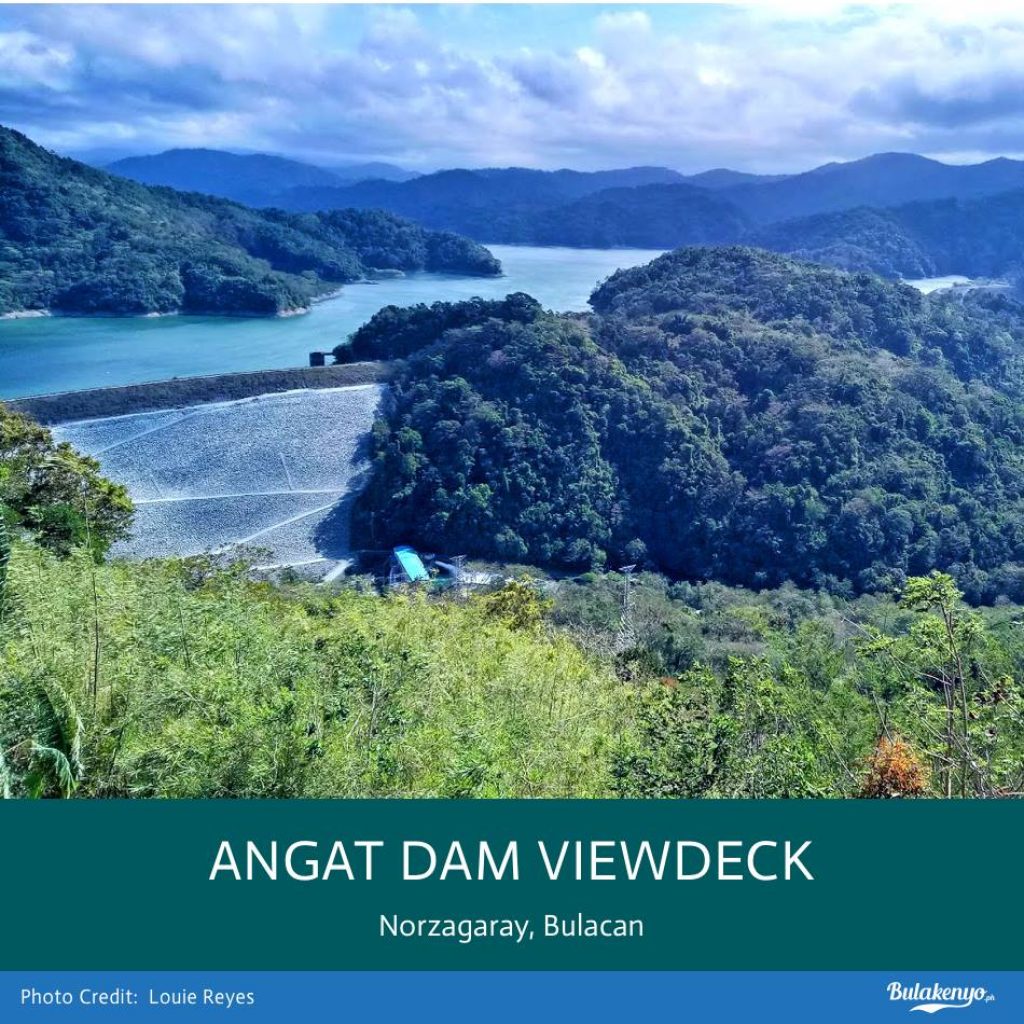
Bulacan’s Biggest Sierra Madre Threats
Illegal Logging
Despite the imposed 10-year prison term on people possessing illegally sourced forest products according to the revised forestry code, the Department of Environment and Natural Resources (DENR) said that illegal logging is still rampant in parts of the Sierra Madre straddling the provinces of Aurora, Nueva Ecija, and Bulacan.
Gold Mining
Unregulated gold mining operations are releasing toxic mercuries in different watersheds and river systems of the Sierra Madre areas of Bulacan and Rizal, according to Save Sierra Madre Network Alliance (SSMNA). Sadly, mining also causes heavy siltation and soil erosion in these areas. This mining activity increases hazards and disaster risks, especially in riverside and low-lying communities.
Limestone Mining
Limestone is an essential component for making cement. With the country’s construction boom within the last three decades, cement and construction aggregate supplies are needed immensely. Several large Cement plants in Bulacan are quarrying in the Sierra Madre area.
Construction Aggregate Quarrying
Construction aggregate, or simply aggregate, are materials used in construction, including sand, gravel, marble, and crushed stone, to name a few, such as for mixing with cement, bitumen, lime, gypsum, or other adhesives to form concrete or mortar. Several companies are quarrying aggregate materials along the foot of the Sierra Madre in Bulacan. The biggest consumer of these materials is the big construction companies in the country.
Deforestation
Sierra Madre is still facing threats of deforestation as illegal logging continues, according to DENR. Officials are blaming squatters or informal settlers as the primary culprit in the deforestation in that area. According to reports, some illegal inhabitants are involved in illegal logging, charcoal production, and Kaingin or employing a clearing land technique by slashing and burning underbrush and trees.

There are photos online showing certain parts of Sierra Madre that are now unrecognizable because of continuous mining and quarrying over the years. Posh subdivisions and other local communities are currently occupying deforested properties. Forests converted to farmlands, ranches and resorts are increasing. Access road construction is also seen as a factor in deforestation.
Dam Construction
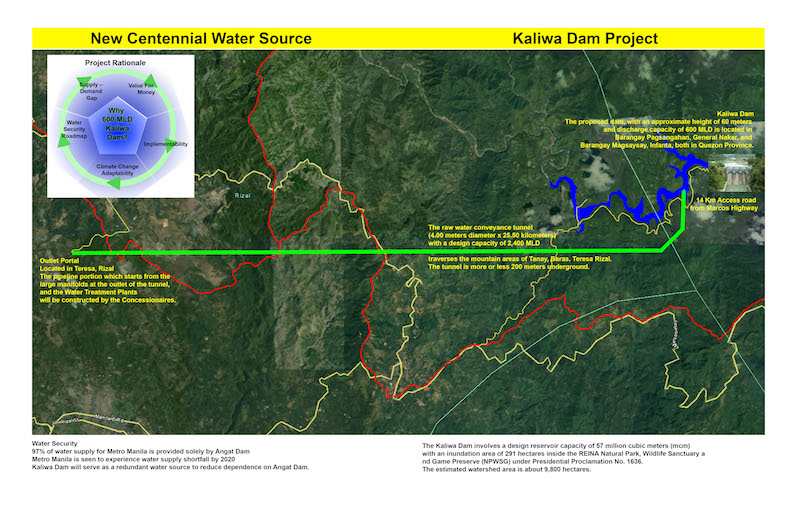
According to Nolisoli’s article, “The Kaliwa Dam construction received much negativity from the affected communities and environmental activists. Many pointed out that it will only be detrimental to the country’s existing ecosystem and indigenous communities. Organizational groups and researchers, such as Sandugo and Kaisahan ng Katutubo sa Sierra Madre (KKSM), have proposed alternatives for an additional water source, such as rehabilitating existing dams watersheds or pursuing rain harvesting.”
“However, the building of the Kaliwa Dam continues. According to a report by the Metropolitan Waterworks and Sewerage System, negotiations with the affected communities are still ongoing, and the building of access roads. The construction will start in July if not affected by the quarantine period. With the public’s outcry against the project falling on the government’s deaf ears, this can lead to unjust deforestation and community displacements.”
Corrupt Government Officials
There is a special place in hell for all these corrupt government officials. Taking bribes and turning a blind eye to illegal activities makes the Sierra Madre vulnerable to environmental abuses. Ordinary people are to suffer when natural disasters occur. Just see what happened after Typhoon Ondoy in 2009 and Typhoon Ulysses in 2020.
Some solutions to help save the Sierra Madre
- Join and support tree-planting projects
- Support any campaigns to stop forest conversion for agriculture and subdivision
- Empower the local village and valley communities to maintain the natural environment of the mountains
- Relocate informal settlers in the Sierra Madre area
- Provide better livelihood programs for local villages and indigenous people (IP) like the Agta or Dumagat.
- Stricter law enforcement for Sierra Madre abusers and violators
- Empowered, honest, and incorruptible government officials from barangay, local, provincial, national, and DENR.
- Support government campaigns to stop illegal logging and mining operations in that area
- Add more protected forest areas and natural parks to the current list.
- Implement stricter hunting seasons for food and recreational activities to protect biodiversity and encourage the natural reproduction of species
- Provide food and job programs for indigenous people (IP) to keep them from unnecessary hunting and involvement with illegal activities.
- Promote ecotourism
- Teach kids to love, protect and save mother nature
- Information dissemination through the help of DENR.
- Aggressive infomercial campaigns through radio, TV, and the Internet about the conservation of Sierra Madre.
- Update the “Revised Forestry Code of the Philippines” of 1975
- Elect leaders with moral ascendency towards conservation of Sierra Madre.
- Improve forest management and conservation efforts
- Use technology to monitor and fight against deforestation and other related illegal activities.
- Support and donate to legitimate organizations advocating environmental conservation. They are our friends and not terrorists.
Sources
- Balbin, M. (2019, June 20). Watershed deforestation is blamed for the water crisis in Metro Manila. Retrieved November 19, 2020, from https://www.pna.gov.ph/articles/1072856
- Beyond majestic photos, Sierra Madre is still facing threats of deforestation. (2020, March 25). Retrieved November 19, 2020, from https://nolisoli.ph/76917/sierra-madre-deforestation-bn-ttorres-20200325/
- (n.d.). Retrieved from https://region3.mgb.gov.ph/mgb_roIII_files/pdf/Mineral_Statistics/2015_Final/2015_DIRECTORY-OF-OPERATING-MINES-AND-QUARRIES_post.pdf.
- (n.d.). Retrieved November 19, 2020, from https://www.bulacan.gov.ph/business/marble.php
- -, C., By, & -. (2020, November 19). Calls to preserve Sierra Madre mountain range renewed after ‘Ulysses’ onslaught. Retrieved November 19, 2020, from https://interaksyon.philstar.com/trends-spotlights/2020/11/19/180800/calls-to-preserve-sierra-madre-mountain-range-renewed-after-ulysses-onslaught/
- Authorities discover illegal mining activities in Bulacan: Politiko Central Luzon. (n.d.). Retrieved November 19, 2020, from https://centralluzon.politics.com.ph/authorities-discover-illegal-mining-activities-bulacan/
- A Brief Description of Sierra Madre. (n.d.). Retrieved November 19, 2020, from https://savesierramadre.page.tl/A-Brief-Description-of-Sierra-Madre.htm
- Ichimura, A. (1970, January 01). The Sierra Madre Is Luzon’s Strongest Defense Against Typhoons, So Why Is It In Danger? Retrieved November 19, 2020, from https://www.esquiremag.ph/long-reads/features/sierra-madre-typhoon-a00304-20201113
- Lazaro, R. (2019, June 26). Metro water crisis traced to Bulacan watershed deforestation. Retrieved November 19, 2020, from https://www.philstar.com/business/science-and-environment/2019/06/27/1929751/metro-water-crisis-traced-bulacan-watershed-deforestation
- Reyes-Estrope, C. (2020, September 04). Bulacan Dumagats plead for food, claiming military presence prevents them from hunting, farming. Retrieved November 19, 2020, from https://newsinfo.inquirer.net/1330867/bulacan-dumagats-plead-for-food-claiming-military-presence-prevents-them-from-hunting-farming
- Sierra Madre. (n.d.). Retrieved November 19, 2020, from https://www.forestfoundation.ph/sierra-madre/